In early 2013, when horse DNA was first discovered in Irish beef, shoppers were shocked and the food industry collectively hung its head in shame.
We were all disturbed by the length and complexity of a supply chain that in some cases looked like something Michael Palin may have had more hope of following than your average technical auditor.
Trust suddenly became the big consumer issue and unprecedented change in food supply was promised.
Words such as ‘local’ and phrases like ‘less touch points’ were being thrown around in the media with the conviction of a bookie shouting out odds, hoping to lure the punters back after a strong favourite had lost the last race. He had to try hard; not only had the favourite lost, the punter had probably eaten it!
“There remains a lack of clarity on many dairy and meat products”
In the Mintel report commissioned soon after the horsemeat scandal, ‘Statements on British Food and Drink report’, 49% of shoppers agreed that British food was of better quality than imported, but 68% of shoppers said that labelling clarity was poor and it was hard to know when food or drink was truly British. Surely this would change?
Fast-forward two years and exactly what has changed? Very little, other than that good, trustworthy food businesses are being subjected to queues of duplicated unannounced audits at considerable cost.
Despite the claims made about supposed ‘clarity of supply chains’ and ‘clearer labelling’, very little has actually happened.
The good work undertaken by the Red Tractor assurance scheme aside, the rest of labelling rarely shows country of origin, and true point of origin is almost impossible to decipher and now probably lost in the fog of retail price wars forever.
In this, we continue to let shoppers down and fail to give British producers the basic tools to promote their products.
The dairy sector is in crisis, but we are unable to support British in any meaningful way because of a lack of clarity on many dairy and meat products, with some declaring that product can originate from up to four different countries almost 10,000 miles apart, including (maybe) British.
In this haze of confusion, how can the 52% of shoppers who say that ‘they do care if products are British’ tell the difference?
Farm assurance and animal welfare standards in my sector, dairy, are vastly superior to many other countries even from the EU.
So how can it be that we allow both branded products and own label that may carry ‘British and Irish’ or ‘British, Irish, Australia and New Zealand’ as labelled origin when there are no common standards, let alone currency?
It’s down to shoppers to decide for themselves whether to buy British or whether they trust British more than other regions.
Manufacturers and retailers also have a duty to make it as clear as possible to shoppers about what they are buying and where it is from.
Otherwise, this lack of clarity will be seen as complacency. Especially if, God forbid, we should have a repeat of Horsegate ever again.
Rich Clothier is MD of Wyke Farms






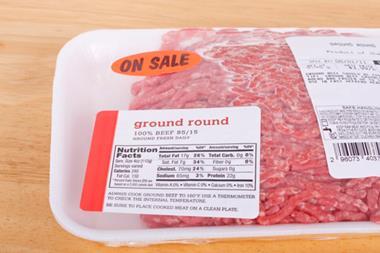



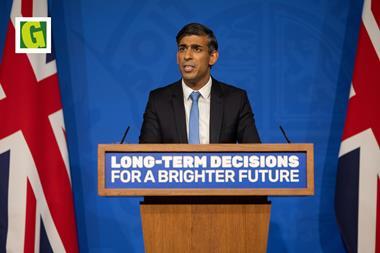
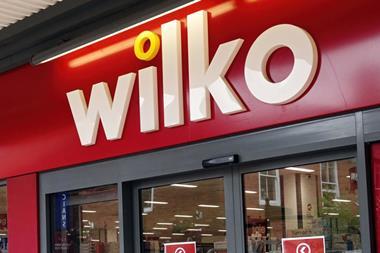
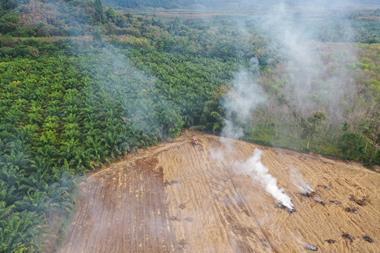

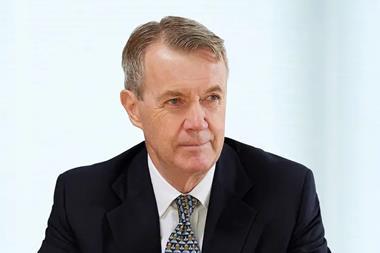
No comments yet